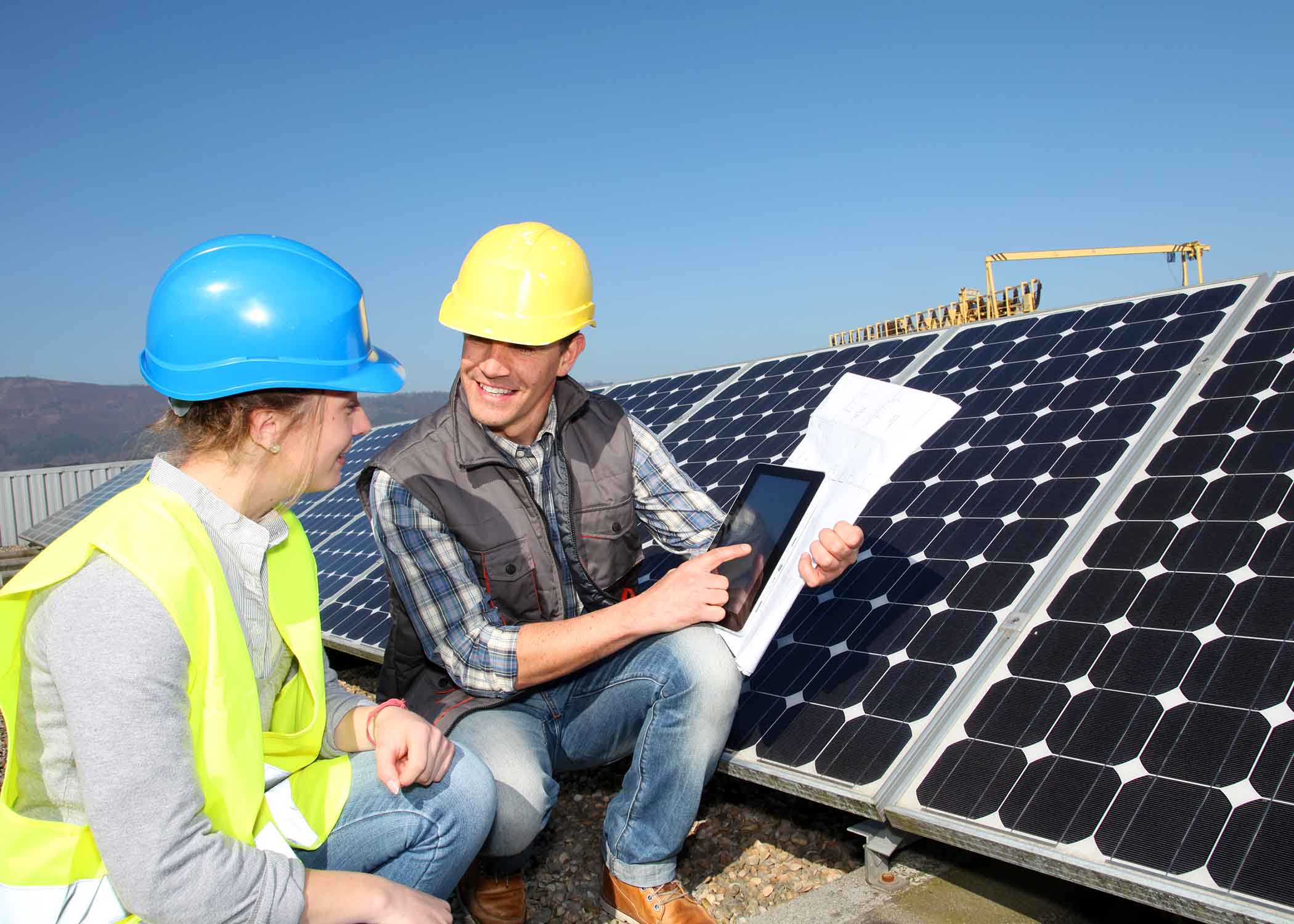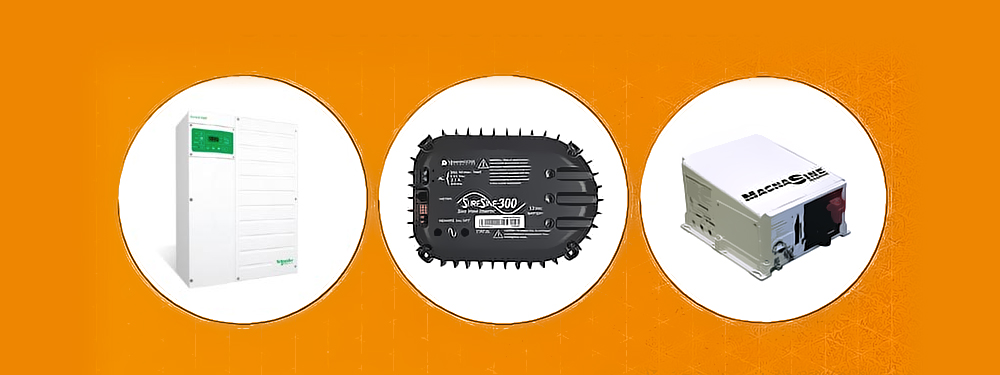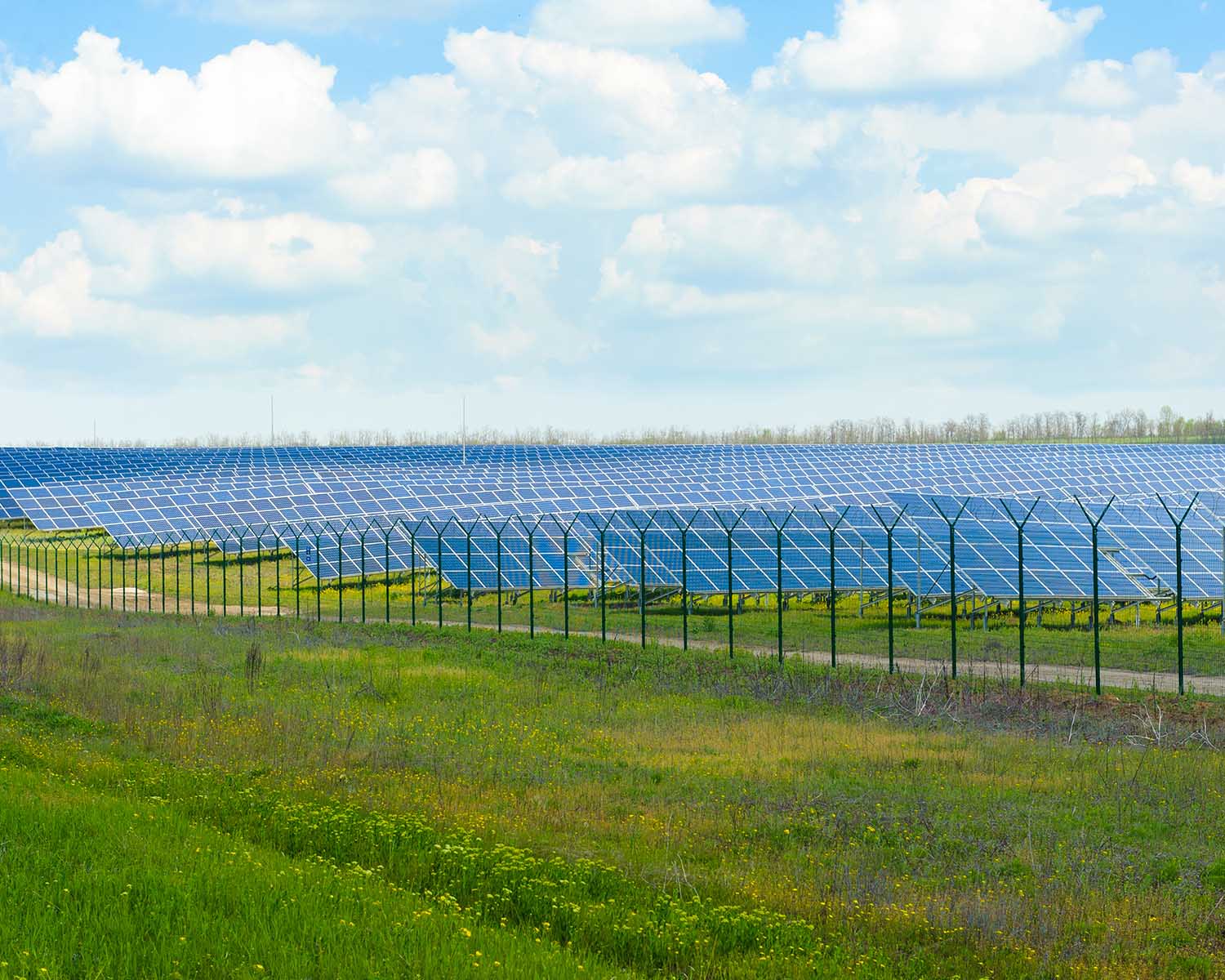Do you feel that the utility company raises your rates every time you turn around?
They likely are, as electricity costs in the US are increasing.
In 2020, prices rose by 1.4%, and in 2021, they went up by 2.3%.
This trend isn’t expected to change in 2022, making solar an appealing exit strategy.
Another reason many people consider alternative energy is because of climate change.
The world already feels the impacts of swinging temperatures, from more intense droughts that last longer to more severe storms that cost people in lost lives and livelihoods, property damage, food and water crises, rising sea levels, and hotter temperatures.
Warmer temperatures mean higher utility bills.
The one factor holding many back from investing in alternative energy is pricing, but it may not be as expensive as you think.
We’re here to break down the cost of a solar system, so you have a clearer picture of the actual price of installation.
Factors that Impact the Cost of a Solar System
In 2019, the US hit a milestone in solar installations when it passed the 2 million mark.
It only took three years to double the number of solar systems and may double again by 2023.
While California and Hawaii saw the most significant gains in residential installations, solar’s popularity is growing across the country.
The industry also made strides in technology.
These two facts contribute to reducing the price of solar installations, but several factors determine how much you pay for a system on your house, including:
- Where you live
- Your home’s energy requirements
- System components
- Labor costs
- Permitting costs
- Incentives and rebates
Taking all these factors into consideration, the cost of a solar system can vary significantly from place to place and household to household.
Location, Location, Location
Where you live plays a significant role in paying for a solar installation.
The prices vary across states.
When calculating how much a system will cost, geography matters because of differences in labor rates, peak sunshine hours, energy use requirements, and system sizes.
If you look strictly at total costs for installation, average basic prices for a 6-kW system range from just over $10,000 in Kentucky to $17,580 in Wisconsin.
However, if you break down the price per kilowatt, the costs across states begin to look similar.
The cost of a solar system per kilowatt is again the lowest in Kentucky at $2.34 per watt.
Washington, DC, has the highest rates at $2.88 per watt.
The national average in 2021 was $2.95, compared to $7.53 just a decade before, making it more affordable than ever to install clean, renewable energy in your home.
Energy Considerations
Another major factor to consider is how much electricity you use on average.
The more energy you use, the bigger your system needs to be.
It stands to reason that a larger system costs more.
You can estimate the amount of solar energy you would need to power your home to get an idea about the cost of a solar system for your home based on energy requirements.
Many homeowners significantly reduce or eliminate their utility bills with a 6-kW solar system.
System Component Options
The solar panels are the most prominent and significant component of your system, but more goes into a solar installation than just the panels.
To calculate system costs, you need to know what other features you need for your home.
A complete system includes:
- Solar panels
- Mounting hardware
- Inverters
- Wiring
- Breaker panels
If you want to include storage options, you need to also consider batteries and battery backup inverters in the cost of a solar system.
Labor Costs
In addition to buying the system itself, labor is a significant factor in the overall costs of installation.
Here again, where you live makes a difference.
The going rate for solar installers can vary widely from location to location.
Additionally, some installers offer discounts based on system size.
If you’re handy with technology, including electrical work, and don’t mind doing the heavy lifting, you can save money with a do-it-yourself installation option.
Permitting Costs
You’ll likely need to obtain permits to install solar no matter where you live.
You may need permits from your local and state governments.
Homeowners often overlook the price of permitting when considering the cost of a solar system.
However, permits contribute a significant share of the overall price of installation.
You can expect to pay anywhere from $6,000 to $7,000 for your permits for an average system.
Incentives and Rebates
So far, we’ve covered all the factors that add to the installation price.
Now we come to the good stuff: How you can lower your installation costs.
You can take advantage of numerous incentives and rebates that reduce how much you pay to go solar.
The most significant savings come in the form of the federal solar tax credit.
If you install a solar system in 2022, you get a 26% credit on your federal taxes.
Your tax savings are based on the total cost of a solar system, including equipment, installation, and permitting.
Many state and local governments also offer tax incentives and cash rebates for solar installation, including property tax reductions.
When you calculate these savings into the price of a system, it can significantly reduce how much your system costs.
Estimates for the Cost of a Solar System for Your Home
At Unbound Solar®, we understand the cost of a solar system is a big deal.
We’re here to provide you with as many resources as possible to help you decide whether solar is right for you.
If you’re a DIY sort of person, our Learning Hub provides everything you need to install solar except the muscle power.
It’s all in your hands.
We also offer lifetime support, so we’re always here when you need us.
Get in touch today for more information!



